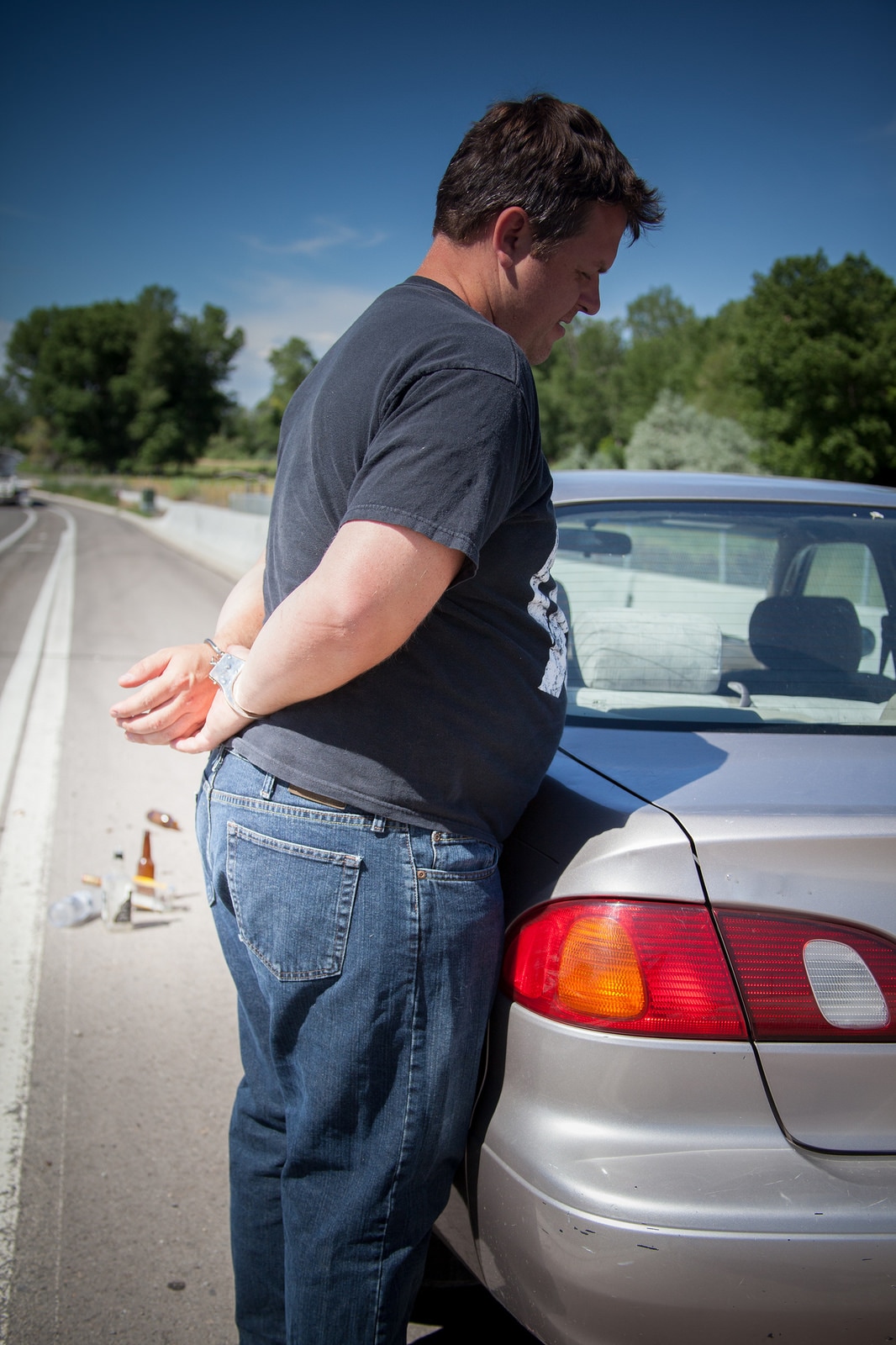| I don’t drink alcohol, but my friends who do tell me about the guessing game. How many drinks do you guess someone can have before reaching the legal limit of .08 percent blood alcohol content? It’s not an easy game to play. The Texas Alcoholic Beverage Commission published a chart to help provide answers, but it looks like something your accountant might review while figuring your taxes, and it’s just as ambiguous. Let’s say you weigh only 100 pounds. One drink would bring you to .04, but you probably would be impaired. Someone weighing 240 pounds, on the other hand, would need two drinks to hit .03, which would land him or her in the “possibly influenced” category. Such a person would need five drinks to be legally drunk, but would have passed the impaired stage at only three. What do the terms “impaired” and “possibly influenced” mean? That’s not clear, but the bottom |
| | of the chart it tells you to subtract .015 for every hour that has passed since your last drink. You also ought to factor in how much food is in your stomach. It’s a helpful chart if you want to bring a scale, a stopwatch and a calculator with you for an evening with friends. But, of course, you may find your mileage has varied, should you get pulled over. If Utah lawmakers pass HB155, a state that already has one of the strictest DUI laws in the nation would arguably be No. 1. The bill, sponsored by Rep. Norm Thurston, R-Provo, would lower the legal limit to .05. Every state currently has a .08 limit except Arizona, which allows convictions at any level if a person is acting impaired. The bill was passed out of a committee this week, but its future is uncertain. At the committee hearing, some people worried about its affect on tourism. Others said it would turn casual drinkers into criminals. Still others said it would attempt to solve a problem that doesn’t exist. Much of the rest of the civilized world, where .05 or less has become standard, would be aghast to hear such arguments. In Sweden, for example, the official limit is .02. A few years ago, television station WFTV in central Florida sent a reporter over there to get a feel for what this means. He found an active club scene, with lots of drinkers but with few people who had any intention of driving away. "Never done that myself and would never allow anybody," one person told him. The station’s website said the reporter found a culture that understood the dangers and the consequences of drunk driving, which include forfeiting your car and suffering fines that vary depending on how much you have in the bank. Officials he spoke with estimated less than 1 percent of drivers there were under the influence. Swedes don’t have to play the guessing game. They don’t need a confusing chart and they don’t have to look at the clock and subtract .015. If they plan to drink, they also plan a safe way home. Having lived there for two years, I know mass transit is plentiful in Stockholm. But, just as in Utah, it is hard to come by in more rural areas. It’s that kind of cultural shift Thurston hopes to bring to Utah. As Bella Dinh-Zarr, vice chairwoman of the National Transportation Safety Board, told the committee, lowering the rate would “separate drinking from driving.” It wouldn’t stop people from drinking, but it would protect the public from drinkers who guessed wrong. People who worry about negative effects on tourism are naïve. Americans already believe Utah has strange liquor laws. Getting tougher on blood alcohol levels wouldn’t change that any more than it has hurt visits to Arizona. And yes, Utah already has low drunken driving rates. That just means the law could be enacted with a minimum of disruption. The question is whether state lawmakers want to lead the rest of the nation into a culture shift that brings teeth to the old slogan “Don’t drink and drive.” Until the bill gets a full legislative hearing, the answer to that is another sort of guessing game. |


 RSS Feed
RSS Feed

